After reading Ron’s 2012 updated edition of What Camera Should I Buy?, specifically the “Canon, Nikon, or Sony?” section, I volunteered to offer a few points to either reinforce or contradict Ron’s opinions about the matter. Ultimately, if you were to ask me to agree or disagree with Ron, I would probably say I agree with most of the information he presents in the 2012 update and the original What DSLR Should I Buy? and follow up DSLR Photography on a Budget. As a proud Sony A-mount shooter as well as someone who is relatively new to what I call “serious” photography, I have a perspective which is a bit different than usual. You know, the Sony Fanboy Ron joked about? You can decide for yourself if you think I am that person. For this post, I am specifically focusing on the Single Lens Translucent or SLT cameras, Sony’s answer to the DSLR which I will explain the difference below. I mention but don’t focus on the Nex mirrorless or Cybershot point and shoot cameras.
Let me begin by giving you a little context. I am not a professional photographer. In fact, I have only taken photography seriously, or what I would consider seriously since January 2011. Rewind to December 2010. I decided to bite the bullet and spend a little extra money getting my wife something nicer than usual for the holidays. She had asked for a nice camera almost every year since we got married in 2001. In 2005 or 2006 I got her a nice Canon Powershot for $200 and it was OK, but it never did exactly what my wife wanted. So I did a little research, found the least expensive new DSLR on the market at the time, the Canon EOS Rebel XS, and bought it for her. The guy at the store told me something along the lines of “DSLR’s are like adult Legos, you need to watch out.” I was stunned by the results the Rebel XS provided. And I was jealous. I had what I would consider a nice digital camera, a Nikon Coolpix. I was never really satisfied with it, but I adjusted to its shortfalls and made it work. But as a 9 year husband I knew better than to buy my wife a gift for the holidays and then buy myself the same thing. So I waited. Exactly 15 days.
I found out my brother was going to Afghanistan for a year in January 2011 and I decided to take some of the frequent flier miles I had earned travelling for my company to surprise him during his going away party. I did a little research and I found the cheapest new Sony DSLR on the market, the A390. Why Sony? Well, I had many digital cameras since 2000 and the best one I had was a 1.2 Megapixel Sony Cybershot DSC-S30. My first digital camera, in fact. I probably shot 200,000 640x480 pictures with that thing until I dropped it and broke it. Afterward, I had 4-5 point and shoot cameras I didn’t like from various manufacturers that were not Sony. So my defining criteria for buying was 1. Sony, 2. Least Expensive DSLR, 3. New.
One thing Ron does well in his What Camera Should I Buy? series is outline the real cost of quality and being in the Sony camp doesn’t exclude you. Let me drive Ron’s point home a little more. My original intent was to fly under the wife radar at around $500 and not have to worry about anything ever again. Boy, I screwed that one up. I wish I would have found Ron’s blog sooner, my expectations would have been realigned and an argument or five with the wife may have been avoided. First of all, I became addicted to the results. Second of all, I am never fully satisfied with the results. And third, but not to be understated, I have found the adventure very fulfilling. I had travelled for my company for many years but I never really enjoyed the destinations as much as I did after purchasing my Sony A390. As a result, the A390 became an A390 with a couple of lenses and a flash. And then I added a Sony NEX-5 and two lenses and an adapter. And I sold the A390, some of the lenses, and the whole NEX-5 setup to recuperate some of the money spent on the Sony A77 in November 2011, only 10 months later.
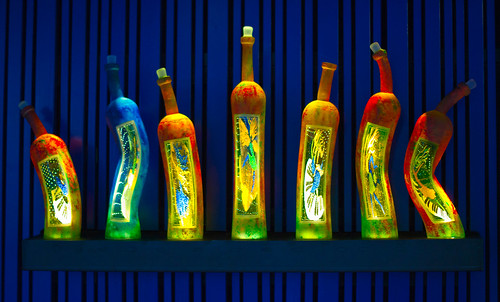
Sony Alpha A390 (DSLR-A390), 50mm f/1.8 SAM (SAL50F18)
1/20s, ISO 400, f/2, Kosta, Sweden
The A390 was a good starter DSLR
My meat and potatoes setup is the Sony A77, a Sony Zeiss 85mm f/1.4, a B+W XS-Pro UV filter, and a SanDisk ExtremePro 32GB SDHC coming in a hair over $3000. The price doesn’t include equipment I have purchased and resold; or other things like flashes, tripods, bags, cleaning supplies, additional memory cards, extra batteries, additional filters, editing software, and so on. I also have 1-2 lenses I don’t use as much ranging from $100 on eBay to $1300 brand new. And the overall price will go up when I replace my $1400 A77 body with the $2800 A99 body I preordered last week. Needless to say, the original $500 budget blew up in my face. In my estimation, I have spent nearly five-figures since January 2011. I have also recovered around half of the cost in resale. Is it worth it? Absolutely, without a doubt. The image quality only scratches the surface of the value. I have made many new friends, in person and virtually. I have seen and will remember places I wouldn’t have seen otherwise. I have watched a lot less bad TV. I have provided a photographic record of all of my children’s activities for relatives living thousands of miles away to see. I’ve also had a decent travel run since January 2011, visiting 20 of the United States, Canada, Sweden, Denmark, Spain, Germany, Italy, Portugal, Thailand, Malaysia and The Bahamas and it didn’t hurt to have quality equipment on hand.

Sony Alpha A77 (SLT-A77V), 85mm f/1.4 ZA (SAL85F14Z)
1/125s, ISO 100, f/3.2, Batu Caves, Malaysia
Now to the reason I actually volunteered to write for Ron for. As a Sony owner, I get similar questions from fellow photographers. “Why not a Canon/Nikon?” or “Why Sony?”
The first thing Canon/Nikon fans are quick to point out is the shortfall of lenses in the Sony lineup. Sony’s lens lineup is supplemented well by the likes of Sigma, Tamron and Tokina, but there are some gaps in the set compared to Canon/Nikon. I will concede the argument except if you are one to look at online auctions, garage sales, estate sales and so on. One nice little side-effect of being a Sony owner is their acquisition of the A-Mount from Minolta in 2006. Minolta lenses are built for the long haul, have legendary quality, and are abundant in the resale market. I put a Minolta Beercan (70-210 f/4) made in 1998 on my A390 made in 2010 and it worked like it was brand new. Same for my A77, made in 2011. I acquired the Beercan for a net total of about $10 and gained $130 at the end of the day. I did a search on eBay for “Minolta (AF,Dynax,Maxxum) lens –Sony” (without quotes) in the 35mm film camera subsection and found someone trying to get rid of a Minolta Maxxum 7000 which happened to have the Beercan attached. I excluded Sony from the search as you’ll find some people who haven’t clued-in on the fact the Minolta lenses work well on Sony bodies. The seller I bought from also didn’t clue in to the fact the lens was probably worth 4-6 times the Buy-it-Now price of $25 for the body and lens. I turned around and sold the Maxxum film body for $15. After a few thousand shots with the Beercan I decided to sell it on eBay and I got $140 after shipping. I loved the lens, but I travel a lot and its size became a liability.
Sony Alpha A77 (SLT-A77V), Minolta Beercan 70-210 f/4@210mm
1/80s, ISO 100, f/9, Gastonia, North Carolina USA
Taken using a 27 year old Minolta Beercan lens
Sony does have a few things Canon and Nikon doesn’t in its lens profile. The Sony Zeiss 135mm f/1.8 and the Sony and previously Minolta 135mm f/2.8[T4.5]STF come to mind here. And the in-body stabilization, or “SteadyShot Inside”, helps bring the cost down comparatively. Quality-wise, I’d put my Sony Zeiss 85mm f/1.4 up against anything at that length Canon or Nikon has, even their wider f/1.2 offerings.
The A77 and upcoming A99 are translucent mirror cameras or SLT’s, along with the other 2-digit offerings from Sony (A33, A35, A37, A55, A57, A65, A77, A99). The A77 is the successor to the A700 DSLR and the A99 is the successor to the A900 DSLR. So instead of the mirror reflecting to the viewfinder and assisting with focusing before swinging upward as the shot is taken, the mirror reflects some of the light to aide an electronic viewfinder and assist with focusing, and the rest is passed to the sensor. One perceived shortfall of Sony is high ISO performance, specifically in the SLT cameras as in various tests it has been shown the translucent mirror causes a 1/3 to 1/2 stop light loss. Another disadvantage is any dust on the mirror will show up as the aperture decreases or f-number increases. Usually it is nothing a good blower can’t remove, but I am all about full disclosure. To me, the benefits outweigh the disadvantages. Since the mirror doesn’t swing, the A77 is able to perform full 24MP RAW+JPEG bursts at 12FPS for a full second and 6-8 FPS without being in a dedicated mode for 12 FPS. You’re looking at $6000+ from Canon or Nikon for that kind of performance. You don’t have to worry about mirror slap as well. For those of you who use your camera for video, the translucent mirror allows the lens to focus automatically while you’re filming, which is a feature Canon and Nikon are 2 years late to the game for.
Sony Alpha A77 (SLT-A77V), 85mm f/1.4 ZA (SAL85F14Z)
1/6s, ISO 3200, f/1.4, Indianapolis, Indiana USA
This ISO 3200 sample is usable for web purposes or small prints.
This was shot hand-held at 1/6s.
Close-up you can see the noise at ISO 3200, which can be improved post-processing.
For anyone who uses their camera to also shoot video, Sony’s SLT’s are a compelling option. All of the current Sony SLT’s are capable of 1080 60i, with the A57, A65, A77, and upcoming A99 capable of 1080 60p. Only the upcoming Canon 1D C at $13,000+ will better, and the current Canon and Nikon offerings can only provide 1080 30p or 720 60p.
The Electronic Viewfinder, which is also found in cameras made by Fuji, Panasonic, and Olympus, among others is the subject of what I like to call a “religious debate”. I can’t speak for the other manufacturers or models, but on my A77 the EVF is like a miniature HDTV in the place of the old Optical Viewfinder. The biggest disadvantage, to me, is the fact you can’t look through the viewfinder with the camera off. The other disadvantage is the battery life is shorter. To me, again, the advantages outweigh the disadvantages. What I see when I look through the viewfinder is what I am going to get 95% of the time, with exception being shots I take with a flash. I adjust white balance, I see what I am going to get without taking a shot to verify. I change ISO or EV, I see the change in brightness or darkness. Another advantage of the EVF, Sony has created a function called Focus Peaking. When I am in manual mode, I can turn on focus peaking and on the viewfinder or LCD in Live View, if I adjust the focus it will outline the areas of the candidate shot which are in focus in red, yellow, or white depending on my preference. This is extremely helpful for the shallow depth of field my 85mm f/1.4 lens offers wide open. It is also very helpful for long-exposures when it is dark outside. With an optical viewfinder I would see nothing. The EVF compensates and focus peaking outlines the subject. Focus peaking also works while filming videos.
Sony Alpha A77 (SLT-A77V), 85mm f/1.4 ZA (SAL85F14Z),
1/500s, ISO 200, f/1.4, Valdosta, Georgia USA
Focus peaking helped with the shallow depth of field on this shot
Overall, Sony offers an abundance of features Canon and Nikon have, with a scattering of features they don’t have. I recently found one of the features for the first time 10 months after purchasing my A77 when I purchased a Sony 3D-capable Bravia TV and displayed pictures I took using the 3D sweep-panorama feature. Another feature I discovered in my A77 I didn’t know it had until I read about the same feature in the A99 specification is Hand-held Twilight, which allows you to take lower-noise stills at night as six shots are combined into one.
Sony Alpha A77 (SLT-A77V), 24mm F2 ZA SSM,
1/4s in Hand-held Twilight Mode, ISO 6400, f/2, Gastonia, NC USA
Sample shot using hand-held twilight mode in a dark closet
Close-up crop of shot above
Conclusion
If you’re looking for the answer to the question, “What camera should I buy?” Please take all of your options into consideration, but don’t limit yourself to the status quo. Canon and Nikon are like the Republicans and Democrats, not necessarily in that order, and Sony is the third party. Don’t feel like you are wasting your vote if you like a third-party candidate. I don’t. And I am sure many of the folks heavily invested and compassionate about the Fuji, Panasonic, Olympus, or Pentax lineups feel the same way. Ultimately, you’ll answer the question, “Am I happy with the image quality?” At the end of the day, I am thrilled with the results I get with my A77 and I am eagerly awaiting my A99. If you were to ask me to make a recommendation on a Sony, I would start with the Sony A77, but suggest the A37 or A57 if you were wanting to spend a little less. If you do decide on a Sony or if you decide otherwise, please help support Ron by using one of his hyperlinks.
Final Thoughts by Ron
While I still stick with my original advice to go with Nikon or Canon from my What Camera Should I Buy? article, I appreciate the time Shawn has taken to offer his rebuttal to this advice.
Other Articles You May Enjoy
- Sony NEX-7 Review
- Canon 5D Mark III First Look (For Parents Version)
- Canon Rebel T4i
- Fujifilm X10 (2011 P&S of the Year)
- Fujifilm XPro-1
- Nikon D7000 & 24-120mm Lens Review
- Nikon D800 Review
- Nikon D600 Review – My favorite Nikon ever!
Disclosure
If you make a purchase using links found in this article, ronmartblog.com may make a commission.


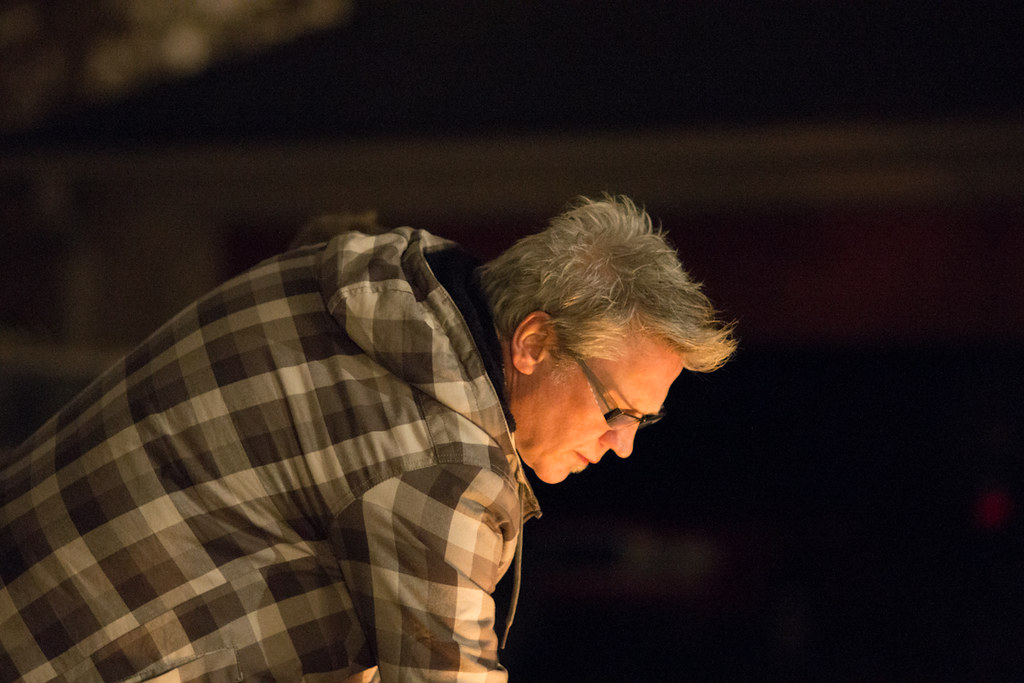
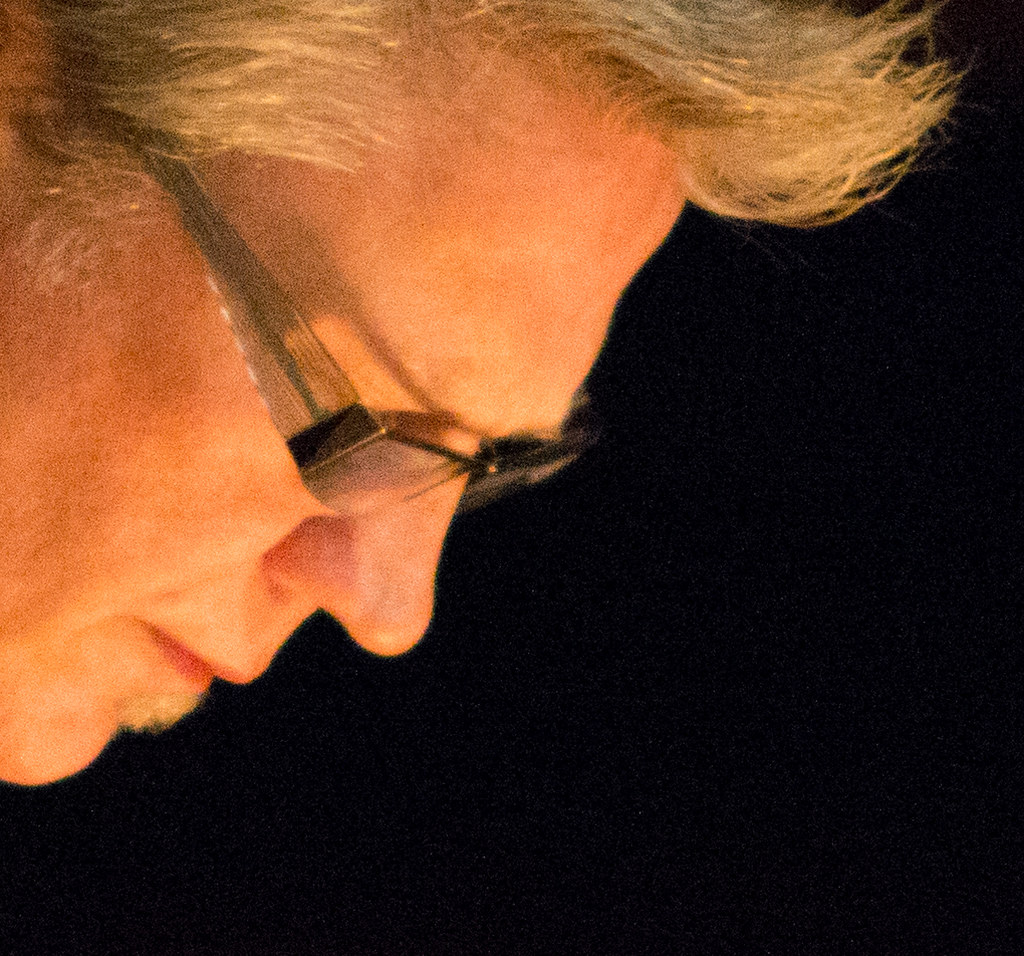

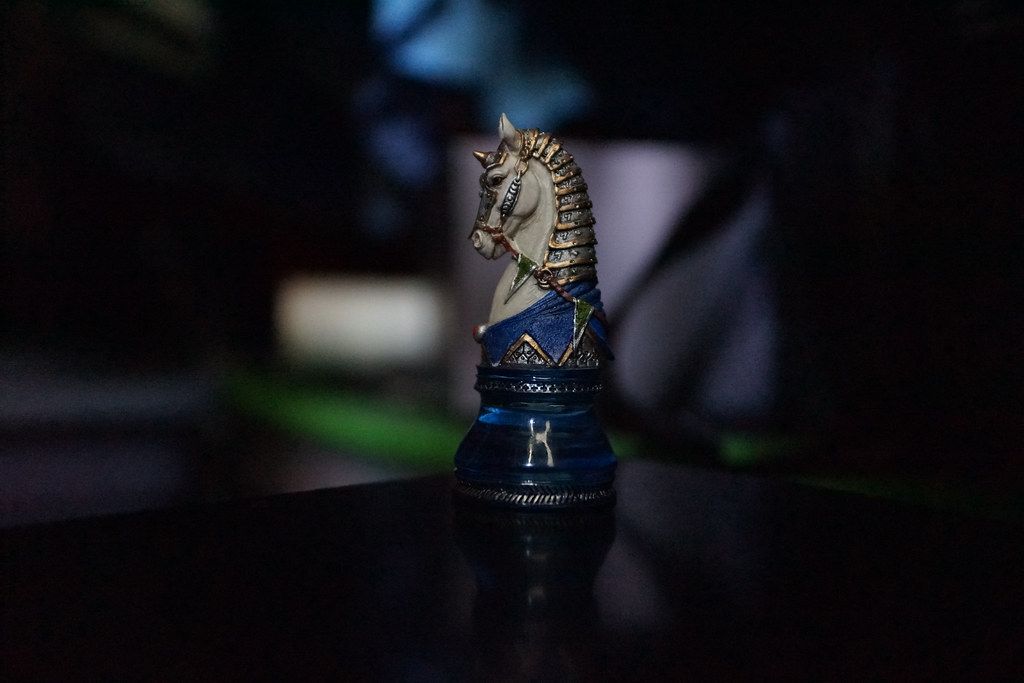
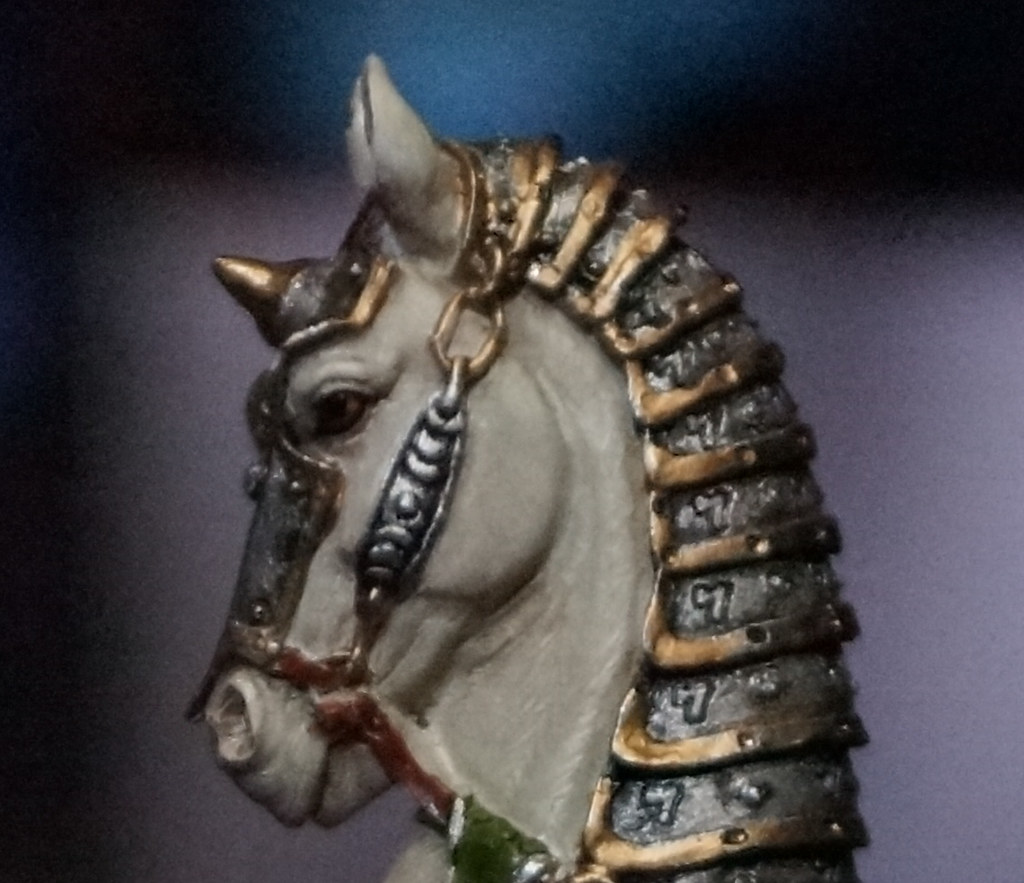
10 comments:
One thing I like to mention as answer to "Why Sony?" is that AFAIK none of the low light Canon/Nikon lenses with aperture better than F2.8 has image stabilization. If you have a real low light situation and a great low light lense, it would be nice to use one of the most low light features - stabilization (IS/VR/...). Since Sony body has in-body stabilization, you will have stabilization when you need it most - always. :)
Sasha,
That's Sony's theory, but it's no accident or sinister agenda that Canon and Nikon do stabilization in the lens instead. It's believed that the image stabilization in the lens itself - especially on longer lenses offers better results because the elements that matter most can be on the gyro rather than the sensor itself.
The Canon 200mm f/2L IS USM has stabilization, but you are correct that their short lenses typically don't have it. The reason for that is simply that there's little room in the short lenses for the stabilization system and you don't need it as much on a short lens. After all, if I have a 24mm lens then i only need 1/25 sec on a FF frame camera to eliminate camera shake. Stabilization doesn't do anything for subject moment (like trees leaves blowing, people walking etc...) so stabilization isn't especially useful at short focal lengths because you typically need 1/60 sec+++ shutter speed for shots of anything that's not completely stationary.
Sony also has the challenge that they inherit a lot of old lenses (as the article states) and add very few, so it isn't practical for them to go back and re-create lenses with stabilization so they effectively did the best they could by putting stabilization on the sensor. In other words, it's a good marketing trick that has served Sony very well but I don't think it should be considered a Sony advantage.
i should have pointed out that the formula for eliminating camera shake is a shutter speed of 1/
If using a crop sensor then its 1/ * (or 1/ * 1.5 for Nikon and 1.6 for Canon)
Those calculations are usually rounded up to the nearest 1/3rd of a stop.
I do not think it is 'marketing' and 'theory', and certenly it is not Sony original, because Minolta started with stabilized sensor instead of the lens. I agree with you, that their primary motivation was probably the fact that all lenses got stabilized if you get their digital camera, so investment in their glass was still solid. This is good for business, and makes a nice separation from Canon/Nikon. But for me the main advantage was always something else. One real advantage wasa that I could get less expensive glass and still have it stabilized. My budget doesn't allow for big expenses, and sensor stabilization might be sometimes less good than lens stabilized solution, but it is much better than no stabilization whatsoever. Separately, I like to shoot events. Events are always low light. People do not like flash in their eyes, even if it is bounced from the ceiling. Using low light prime lens, I can shoot around and stay invisible. Yes, if I don't sync my movement with my target's movement it would be blurrier, but the fact that I do have some stabilization does help saving many shots. A few times I have it left off, and I noticed later that I had to throw away many of those pics as too fuzzy. This is why I think that stabilized lense is not just a gimick, but a big help for many situations where other systems are too expensive or just fall short.
Sasha,
Yes, it's definitely better than nothing.
Ron
The Beercan is from 1985 not 1998.
Good article!
Nice article Ron
Your story sounds so familiar. I also bought the A390 in early 2011. It was a rushed purchase for a trip overseas and I bought it on a whim. With the little research I did I found it was by far the most full featured camera in that price range at the time.
After my trip I acquired a lot of different Minolta lenses, after I found out that they fit the Sony bodies. I also have a beercan, and like you, I have paid very little for lenses that continue to produce spectacular images. I find Gumtree is an amazing tool to connect you to people wanting to sell older camera gear, but ebay also was very helpful.
Less than 6 months later I had purchased one of the last remaining A850s in Australia, as there were no A900 anywhere, and have not looked back since. Most people who see my photos are taken aback by the colour that the Sony / Minolta sensor and glass can capture. It is breathtaking and is the main reason I continued to use Sony.
Similar to yourself, I am not a professional; though I do know some professionals. I doubt any of them would change to Sony, but hopefully the changes Sony are making will entice people just starting out to look harder at what is on offer.
I have the A99 on preorder and can't wait to see what it can do!
one additional/corrective point on the A57, A65 and A77 in the article is that they do 1080/60p as well as 60i. It isn't just the A99 that does 60p.
I have had a chance to shoot with the A99 and the low light options are phenomenal. I use the A900 now and the image quality is better on the A99 (which is a big statement for me to make as I love my A900!)
People who haven't used in-body stabilization for several months of shooting have no idea what a great feature it is to have all of your lens stabilized. There will continue to be debate about whether in-body or in-lens stabilization is better, and there is technical reason to believe that in-lens stabilization is better for longer lens. For short to medium lens, Sony in-body stabilization just works. Not only is it better than 'nothing', it is visibly better that the competition.
Great post.
Although I'm a HUGE Nikon fan (mostly because of ergonomics) and never tried Sony large bodies (just got a NEX 5n), I don't have any brand fidelity.
I like the idea of in-body stabilization... I don't know if it is the BEST quality choice, but I think it's a good idea to have old primes stabilized... specially for video (if stabilization works for video)
Post a Comment